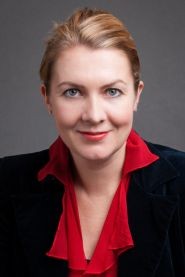Plastic Surgery | Southern
Description
What is Plastic Surgery?
Plastic surgery covers a wide range of different surgical procedures that repair, reconstruct or replace structures in many different parts of the body including the skin, face and head, hands and breast. Plastic surgery does not involve the use of plastic materials.
Reconstructive Surgery
Reconstructive surgery is performed on parts of the body that are abnormal or have been affected by a birth defect, accident or disease. This includes cleft lip and palate repair, scar revision or reconstruction (including skin grafts) following burns. Surgery is usually performed to improve function, but may also be performed to bring the appearance of a part of the body as close as possible to normal.
Practitioners
Procedures



